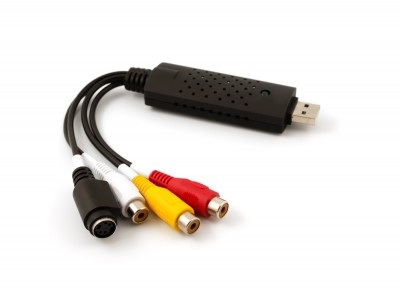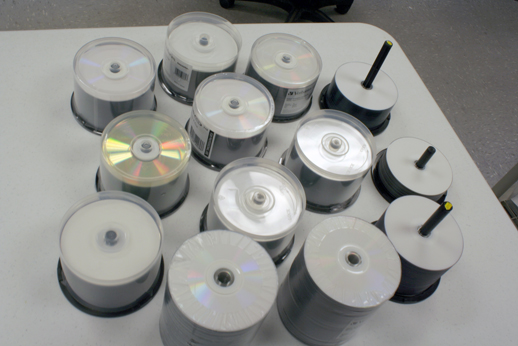Devices for converting your VHS video tapes at home

There are four standard speeds for USB devices today and most video capture devices work at the third fastest speed mode called “high speed”. USB was designed to be a universal standard and work with many different devices and at all the different speeds at once, but this causes problems with timing and large data flow traffic. Problems occur with computers that have multiple devices plugged into your computer’s USB slots. Since most computers have only one USB controller that manages all your ports, having a mixture of high speed devices and slower devices such as a “low speed” keyboards and mice. When those devices need to communicate information back to your computer, the USB controller will have to temporarily halt the high speed traffic to service the much slower traffic coming from those devices. The data may be minimal coming from a keyboard or mouse, but since it is coming so slow compared to the high speed traffic, a large amount of traffic can get backed up. Imagine if a freeway had a crosswalk. The program that is managing your video capture device can easily run out of data and inadvertently put small gaps in your captured video which result in very short screen freezes or frame drops in your video. You may not realize just how problematic that moving your mouse during a capture, can be.
Having a professional grade setup that doesn’t rely on USB will ensure that you don’t have dropped frames and will give you the best quality capture. Two Squares has professional grade equipment that will convert most video tape formats without any interruptions in the video stream and ensure that the picture is the highest quality possible.
